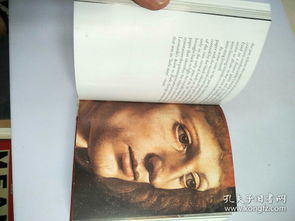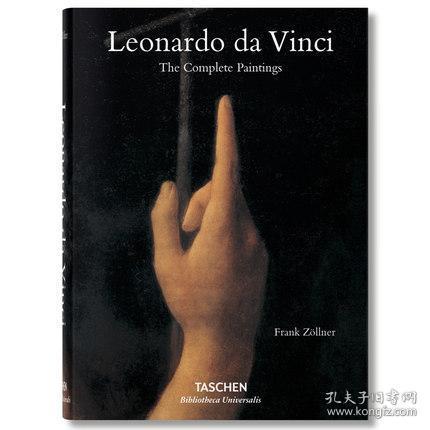
Leo Davinci: A Multidimensional Introduction
Leonardo da Vinci, an Italian polymath of the Renaissance period, is renowned for his unparalleled contributions to art, science, and engineering. Born on April 15, 1452, in Vinci, Italy, his work has left an indelible mark on human history. This article delves into the various dimensions of Leonardo’s life and achievements, offering a comprehensive overview of his remarkable legacy.
Artistic Genius

Leonardo’s artistic prowess is exemplified through his paintings, which are celebrated for their masterful use of light, shadow, and perspective. His most famous works include the Mona Lisa and The Last Supper. The Mona Lisa, painted between 1503 and 1506, is a portrait of Lisa Gherardini, the wife of Florentine merchant Francesco del Giocondo. Its enigmatic smile and intricate details have captivated viewers for centuries. The Last Supper, painted between 1495 and 1498, depicts the moment Jesus announces that one of his twelve disciples will betray him. The composition’s dynamic interplay of figures and dramatic use of perspective make it a masterpiece of Renaissance art.
Scientific Inquiries

Leonardo’s scientific inquiries were as groundbreaking as his artistic endeavors. He was fascinated by the natural world and sought to understand the mechanics of human anatomy, flight, and water currents. His notebooks, filled with sketches and detailed observations, provide a glimpse into his vast knowledge. One of his most notable scientific achievements was his study of human anatomy. His drawings of the human body, including the skeletal and muscular systems, were incredibly accurate for his time. Additionally, Leonardo was intrigued by the concept of flight and designed various flying machines, including a glider and a helicopter. His sketches of these inventions demonstrate his innovative thinking and forward-thinking approach to science.
Engineering Innovations

Leonardo’s engineering skills were evident in his designs for various machines and structures. He designed a water clock, a mechanical knight, and a flying machine, among other inventions. His water clock, which was designed to measure time using water flow, was a precursor to modern clocks. The mechanical knight, a suit of armor equipped with moving limbs and a head that could turn, was a testament to his ingenuity. Perhaps his most ambitious engineering project was the design of a canal to connect the Arno and Po rivers in Italy. Although the canal was never built, his plans were ahead of their time and demonstrated his understanding of hydrodynamics.
Philosophical and Ethical Thoughts
Leonardo’s philosophical and ethical thoughts were deeply rooted in his observations of the natural world and his understanding of human nature. He believed in the importance of observation and the pursuit of knowledge. In his notebooks, he wrote, “The greatest enemy of knowledge is not ignorance, it is the illusion of knowledge.” This quote highlights his belief in the importance of questioning and seeking the truth. Additionally, Leonardo was a vegetarian and an advocate for animal rights, which was a progressive stance for his time. His ethical views were influenced by his observations of the natural world and his empathy for all living beings.
Legacy and Influence
Leonardo da Vinci’s legacy is a testament to the power of curiosity, innovation, and the pursuit of knowledge. His work has influenced countless artists, scientists, and engineers throughout history. His notebooks, filled with sketches and ideas, continue to inspire new discoveries and innovations. Today, Leonardo’s spirit of inquiry and creativity lives on in the works of those who seek to understand the world around them. His contributions to art, science, and engineering have left an indelible mark on human history, and his legacy will continue to inspire future generations.
| Artistic Works | Year | Description |
|---|---|---|
| The Mona Lisa | 1503-1506 | A portrait of Lisa Gherardini, known for its enigmatic smile and intricate details. |
| The Last Supper | 1495-1498 | A depiction of the moment Jesus announces that one of his disciples will betray him. |
Leonardo da Vinci’s life and work continue to captivate and inspire people around the world. His multidimensional contributions to art, science, and






